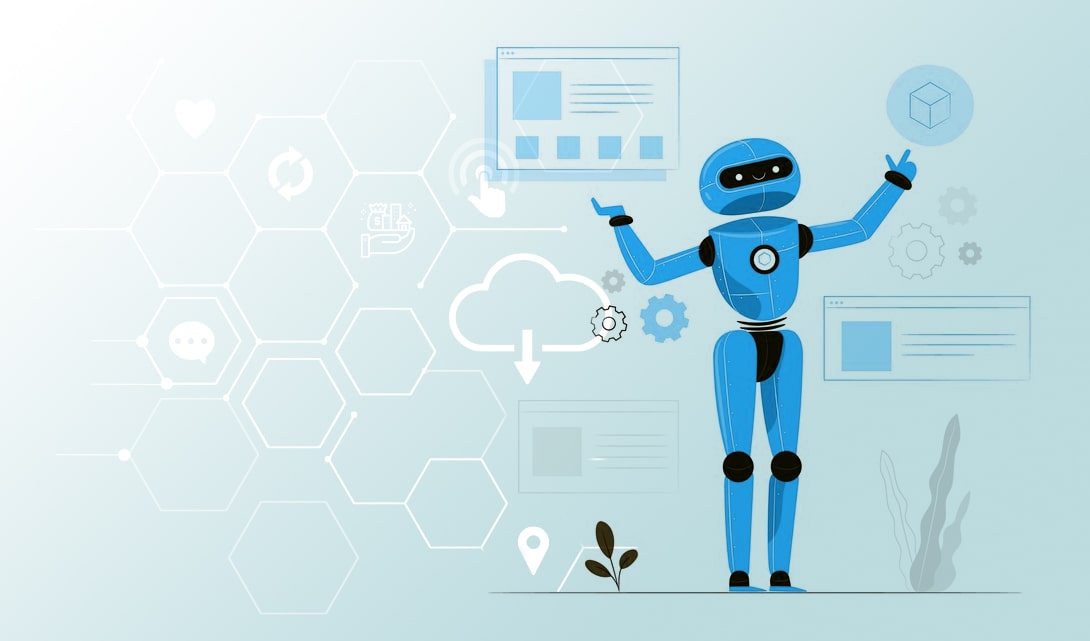Robotics Process Automation
(RPA) allows enterprises to automate tasks across software and systems, just as a human being does. Robotic automation operates without the need for complex system integration with the existing IT infrastructure.
RPA can be used to automate labor-intensive workflow, infrastructure, back office processes. These software bots can interact with a website, user portal, etc. in-house application.
The main goal of Robotics process automation process to replace, with a virtual workforce, repetitive and boring clerical task performed by people.
Key Technical Features
- Distributed Architecture.
- Scheduling defined jobs.
- Dispatching jobs to the slaves for the actual execution.
- Monitor the slaves (possibly taking them online and offline as required).
- Recording and presenting the job results.
- Open source tool with great community support.
- Built with Java and hence, it is portable to all the major platforms.
Why RPA?
Cost savings
- Reduce operating costs and increase throughput.
Significant process improvements
- Get more done in less time.
- Add/change processes as needed.
Redeployment of resources to higher value functions
- Allow employees to offload tasks to robots so people can focus on the customer and the task at hand.
Improved productivity
- Lessen manual, error-prone processes.
- Expand virtual workforce quickly and easily
Improved quality
- Increase compliance and auditability.
- Increase consistency with standardized processes.
Better customer service
- Eliminate human errors to improve customer satisfaction.
Perfected compliance
- All RPA steps are recorded for historical auditability.


